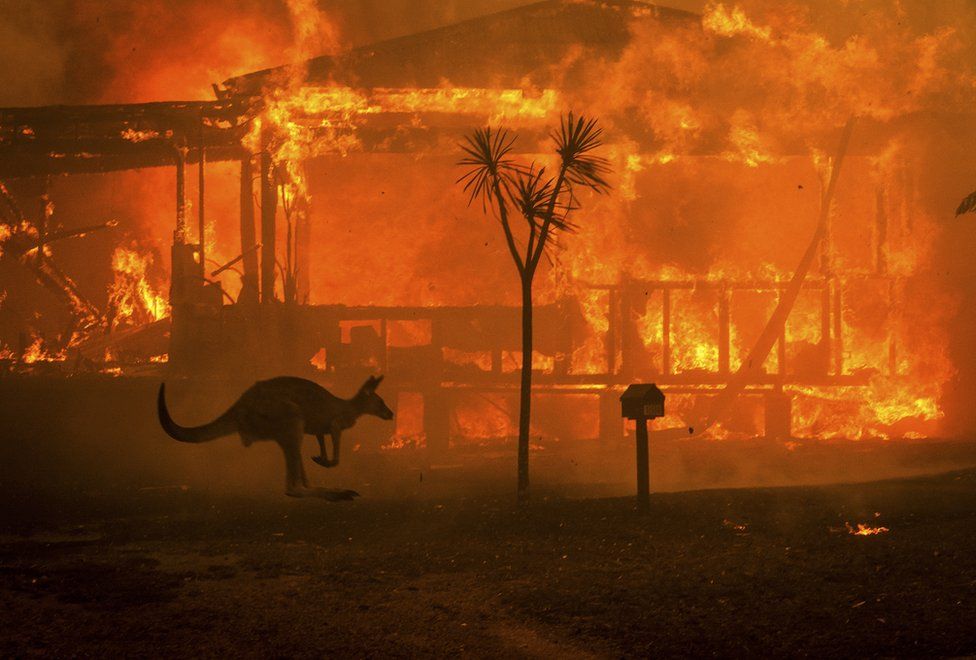Coronavirus: The International Outbreak
By Conor Bowers, Associate Editor
On the final day of 2019, the Chinese government reported a few cases of pneumonia that stemmed from a seafood market in Wuhan, a large inland city of around 11 million people. Initially, both local and national Chinese governments were reluctant to announce publicly the outbreak. These suspicious pneumonia cases ultimately became what we know today as the coronavirus, 2019-nCoV. This specific coronavirus has never been identified before, and unlike many coronaviruses that only cause moderate illness, such as the common cold, this respiratory virus has become lethal. On Thursday, January 29, the virus had become so widespread that the World Health Organization declared the outbreak to be a public health emergency of international concern.
As of Friday, January 30 the confirmed cases had totaled at nearly 12,000. The large majority of these cases existing in China, however, 26 other countries also had reports of confirmed cases. Included among these 26 countries with confirmed cases are the United States and Canada. The cases have been lethal for a number of people within China, and on Friday, February 1, it claimed the life of the first person outside of China, a 44-year-old man in the Philippines, who was from Wuhan. Cases such as this have led governments internationally to question what actions would be adequate precaution for the people they represent.
On Friday, January 31, the United States announced that they would impose a 14-day travel ban on all visitors from China. US citizens who were traveling from Wuhan would have to undergo a 14-day quarantine upon arrival, and those traveling from other parts of China would have to undergo mandatory screening. The Chinese government did not approve of the travel ban, and issued a statement through their Foreign Ministry spokeswoman Hua Chunying condemning the action saying it directly went against the World Health Organization’s recommendation. The United States was not the only country to take action as Singapore has banned all visitors from the Chinese mainland for 14-days. The fear of these governments comes after a report that nearly 5 million people had left the city of Wuhan before it became quarantined.
The fear of an outbreak has become more than a political disturbance and has begun to effect business and trade as well. Major US airline companies: Delta, United, and American have suspended travel to China until as late as March. The Dow Jones Industrial Average has also seen some regression amidst fears of virus and posted losses of 600 points on Friday, January 31.
With the globalization of the world and the easy travel from one country to another public health is now effected from a much larger radius. Governments have to work together on potential threats in order to best mitigate outbreaks. The Chinese government operated with inaction at the beginning of this virus and kept the world in the dark. As the virus became a global emergency it put Washington in a position where they have had to issue the highest levels of awareness for traveling to China and screening and quarantining those who enter our borders. For these two countries that have experienced rift with the tensions of a trade war, the effects of how both deal with the coronavirus could hinder diplomatic relations between them as we progress. As an international community we can only hope that the virus is contained quickly.
References:
James Griffiths, Cases of Wuhan coronavirus continue to rise rapidly as US bans travel from China, CNN (Feb. 1, 2020) available at https://www.cnn.com/2020/01/31/asia/wuhan-coronavirus-update-intl-hnk/index.html
Stephanie Young, and Feliz Solomon, Coronavirus Kills Its First Victim Outside China as Toll Grows, The Wall Street Journal (Feb. 2, 2020) available at https://www.wsj.com/articles/first-coronavirus-death-reported-outside-china-11580614333
Ashley Collman, 5 million peole left Wuhan before China quarantined the city to contain the coronavirus outbreak, Business Insider (Jan. 27, 2020) available at https://www.businessinsider.com/5-million-left-wuhan-before-coronavirus-quarantine-2020-1
2019 Novel Coronavirus, Center for Disease Control (Jan. 31, 2020) available at https://www.cdc.gov/coronavirus/2019-ncov/faq.html
Chris Buckley, and Steven Lee Myers, As New Coronavirus Spread, China’s Old Habits Delayed Flight, New York Times (Feb. 2, 2020) available at https://www.nytimes.com/2020/02/01/world/asia/china-coronavirus.html
Brianna Abbott, Katie Camero, and Erin Mendell, Coronavirus Is Declared a Global Health Emergency as Threat Rises Outside China, The Wall Street Journal (Jan. 30, 2020) available at https://www.wsj.com/articles/coronavirus-triggers-damage-control-from-governments-companies-11580396657
Eric Werner, Yasmeen Abutaleb, Lenny Bernstein, and Lena H. Sun, Trump administration announces mandatory quarantines in response to coronavirus, The Washington Post (Jan. 31, 2020) available at https://www.washingtonpost.com/us-policy/2020/01/31/trump-weighs-tighter-china-travel-restrictions-response-coronavirus/
